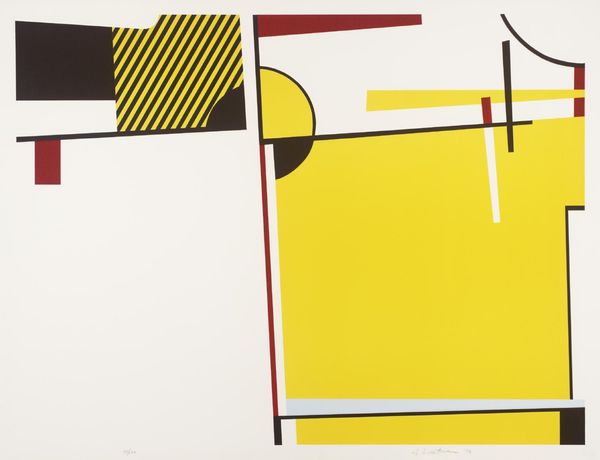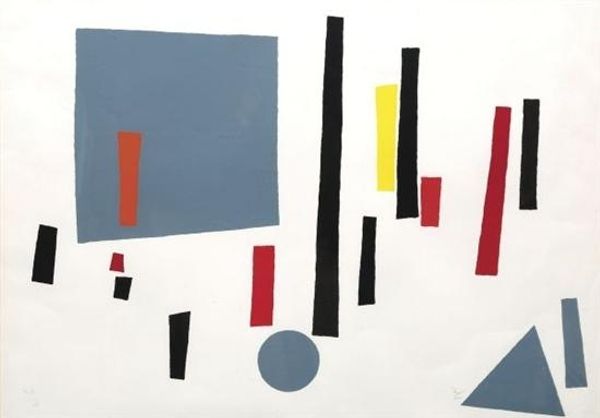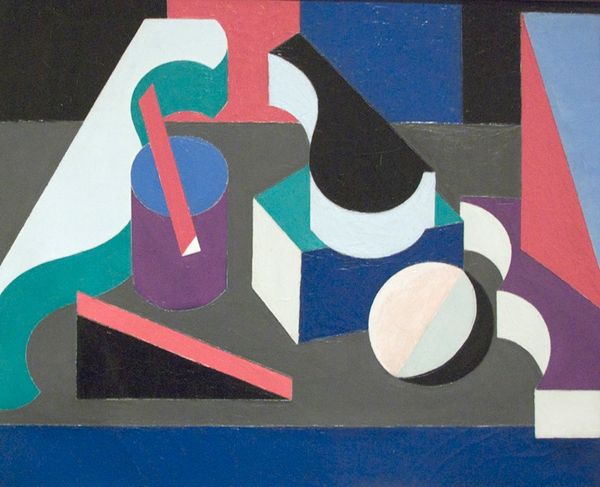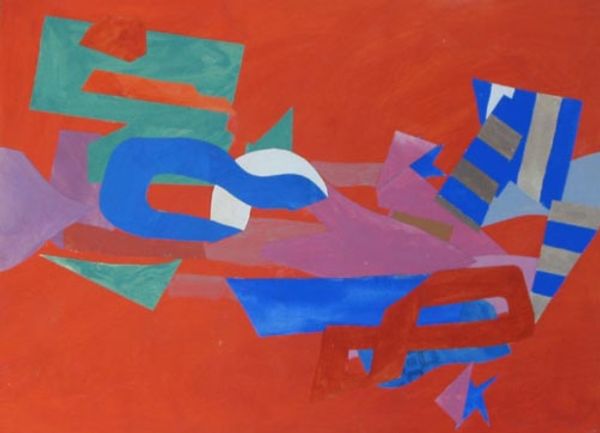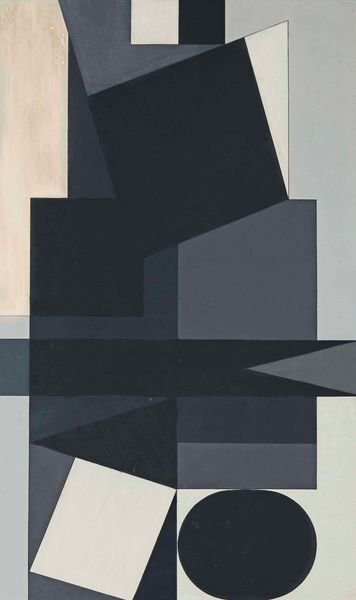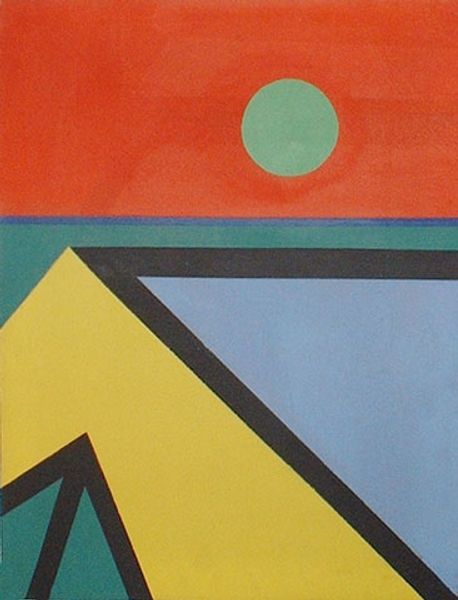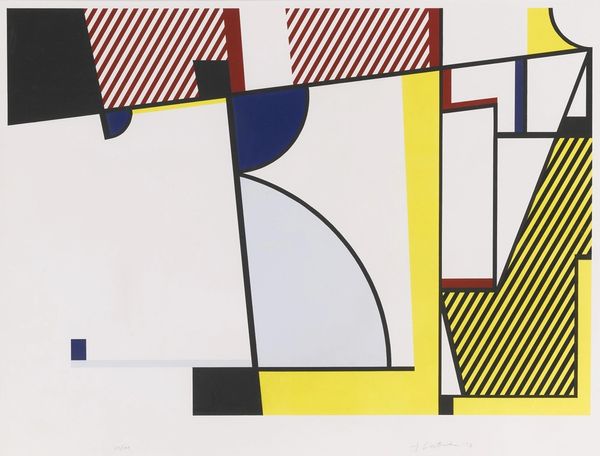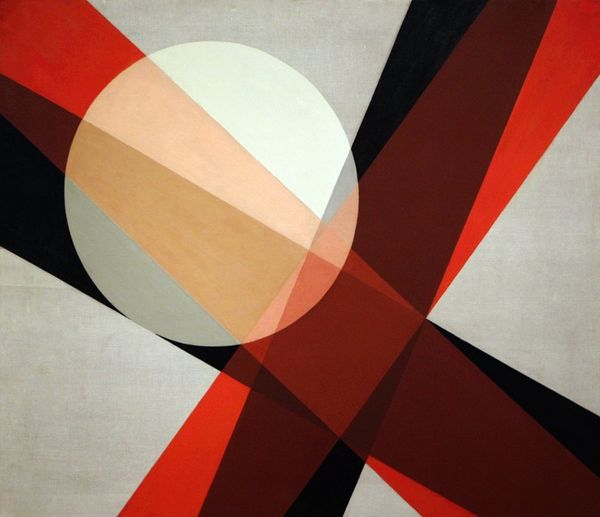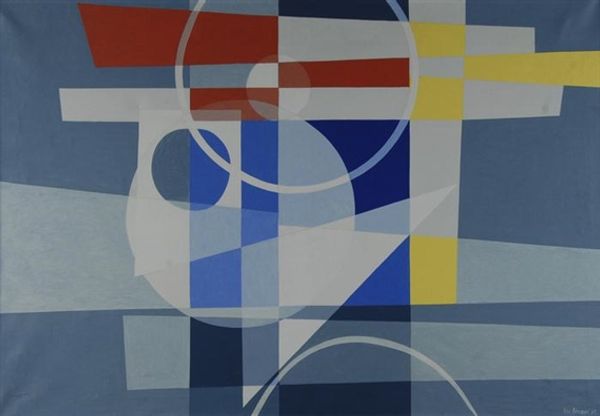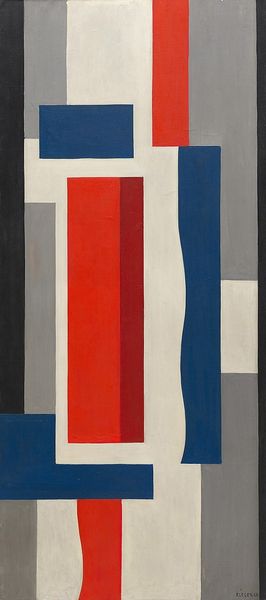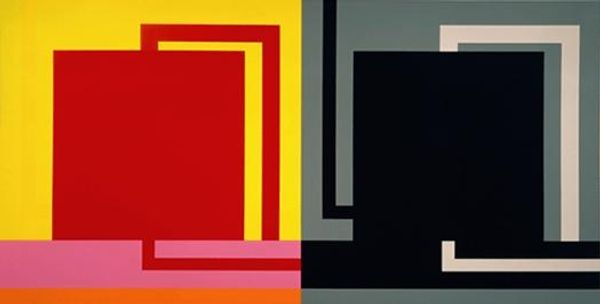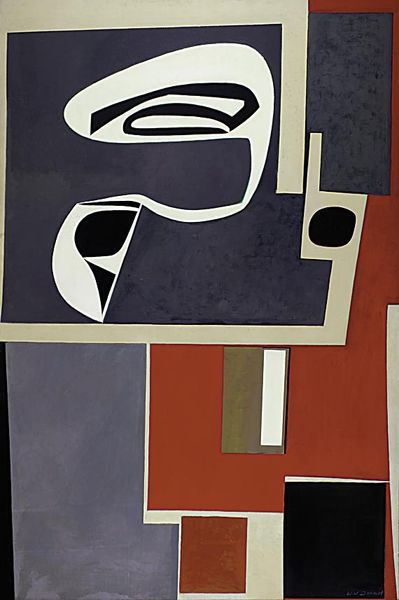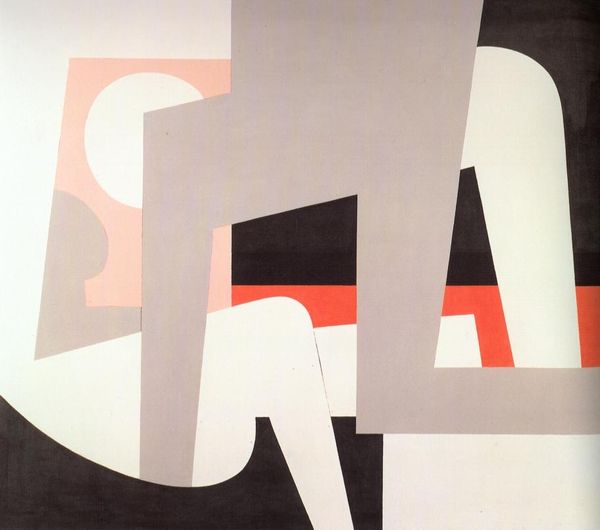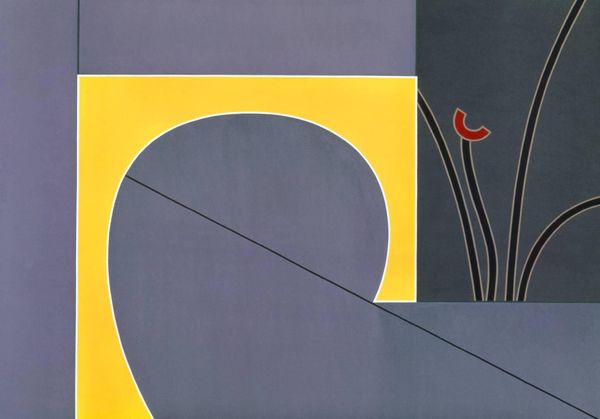
painting
#
painting
#
constructivism
#
geometric
#
abstraction
#
line
Copyright: Félix Del Marle,Fair Use
Editor: This is "Composition Mural III" by Félix Del Marle. The clean lines and geometric shapes give it a very modern feel. What can you tell me about it? Curator: This painting really embodies the spirit of Constructivism. The style emerged from Russia around 1915. Its aim was to reflect modern industrial society and urban space. Del Marle was engaging with radical new ideas about the role of art. Editor: So, it wasn’t just about aesthetics; it was a statement? Curator: Exactly. Post-revolutionary artists believed art should serve the people, not just the elite. Constructivism favored abstraction, and the artworks used very simple geometrical shapes such as the ones in Del Marle's "Composition Mural III". It embraced new media and techniques for practical purposes. Editor: Practical purposes? How so? Curator: Constructivists sought to design functional objects and environments, everything from furniture to graphic design. These ideals were heavily funded by the revolutionary government until the end of the 1920s. Looking at Del Marle, how might these shapes, colors and lines have practical applications, socially or politically? Editor: I see what you mean. It could be used to convey messages quickly, without language barriers, like public signage. It's less about the individual artist's expression, and more about universal communication. Curator: Precisely. It makes me think of manifestos. It speaks to a period of intense social change and artistic experimentation with that language. Editor: I had no idea there was so much historical context embedded in what I initially just saw as an interesting arrangement of shapes. Curator: And it's crucial to understanding Constructivism's impact on later art and design movements. Editor: I’ll definitely look at abstract art differently from now on. Thank you.
Comments
No comments
Be the first to comment and join the conversation on the ultimate creative platform.
